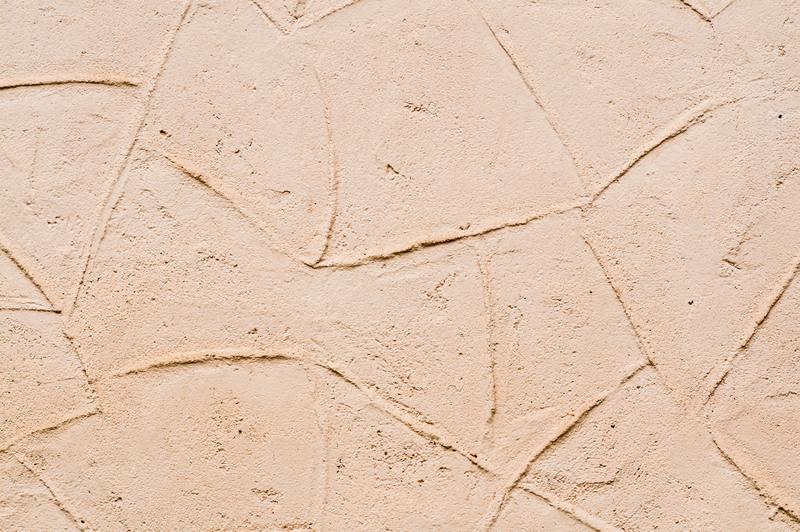To know how to seal water damaged plaster with molds, you went to the right place. Once three-coat plaster is exposed to water, the surface will typically show some visible symptoms of wear even for a bit of period.
A wet patch may emerge on the ceiling or walls. When the lime is soaked in for an extended period, the surface may begin to bubble due to the chemical reaction occurring.

Depending on how quickly the surface cures, it may harden, and the paint around it may begin to flake off. Water damage effects might be modest, affecting only the surface layer of the wall, or they can be severe, affecting the entire three-coat structure, resulting in disintegrating brown and scratch coatings that fall off the lath and onto the floor. In some situations, the lath may be broken, revealing decaying wood or corroded metal beneath the plaster coverings of the walls.
How To Seal Water Damaged Plaster
Step #1. Removing water damaged area
Find and stop the source of the leak before commencing fixes to walls or ceilings that have been affected by water, or you will be fixing the same damage again. As a final precaution, allow enough time for the plaster to dry completely before beginning repairs.
It is necessary to remove all damaged material before beginning any repairs. Everything from peeling and flaking paint to crumbling plaster coatings and deteriorated lath is included in this category of defects.
Remove flaking paint and peeling plaster from walls with a putty knife. With the blade, dig out all of the soft, loose material by applying forceful pressure.
Using your knife, carefully work your way across the damaged area until you reach hard, unbroken plaster. Look for signs of easy peeling off of any paint coat that is directly surrounding the region. To remove any loose paint, begin working your way out from the middle of the damage.
Step #2. Seal the water source
Remove any loose particles from the surface by sweeping it with a nylon brush and a shop-vac. Please remove any remaining lime deposits from the outer shell by washing them with a sponge and a pail of clean water. Allow the wall to dry before continuing fully.
Using an oil-based or quick-dry primer-sealer, apply the area after it has been clean and dried. It is necessary to prime the surface to prevent any residual pollution from remaining on the surface and interfere with the repairing compound’s bonding with the patching material. This method will also help to reduce the possibility of spots seeping through the final paint, which could lead to the bubbling of the fresh paint layer.
To ensure that the primer is thoroughly mixed, firmly stir or shake the can. Coat all of the afflicted surfaces with the paint and let it bleed into the adjacent wall color.
Initial application of any repair material allows the primer to dry thoroughly. Compared to oil paint, which can take up to several hours to dry completely, quick-dry primers take around an hour.
Step #3. Fix plaster
Repair modest surface damage with multiple thin joint layers to cover the plaster missing and raise the wall. Mix a tiny amount of compound and apply the first coat with a flexible joint knife. Spread within the area with a mud coat and quickly turn over to skim out all the surplus with the help of simultaneous strokes on one side of the repair.
Don’t let mud build up over the repare area when you work. Use a long, thin board such as a piece of gate mold if you have a wide area to fix to go through the site at once.
Ignore any cracks or other mud surface discrepancies. You can scrape them out afterward before you apply another coat of mud.
Use a medium sandpaper course to eliminate additional bumps, etc. There is no need for a perfectly fluid surface. Just eliminate any high points.
Use a second thick mud coat, buttering the surface as prior. Work on simply filling the deepest portions of the damage and maintaining the edges lighter.
How To Deal With Molds
Mildew and mold are molds — tiny microscopic creatures that grow in a damp atmosphere anyplace. In 24-48 hours of water exposure, mildew and mold will grow. What’s worse, though, is it will keep growing until the moisture cause is eliminated and the mold risks are correctly resolved.
Wash damaged plaster with non-ammonia detergent and hot water. Thoroughly rinse all cleaned areas with a bleach solution of 10%. Let the solution sit on the surface for at least 10 minutes before rinsing or drying clean water.
Be careful in scrubbing and disinfecting mold because mold spores are released when disrupted. Never mix bleach with ammonia; combined fumes are harmful. Use extra caution or recruit a professional when disposing of objects infected by the mold.
Conclusion
In knowing the proper process of how to seal water damaged plaster with molds, make sure to seek professional help. There are other ways you can seal a water damaged surface, and it is highly recommended to do research first.
